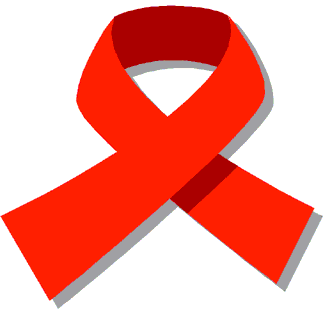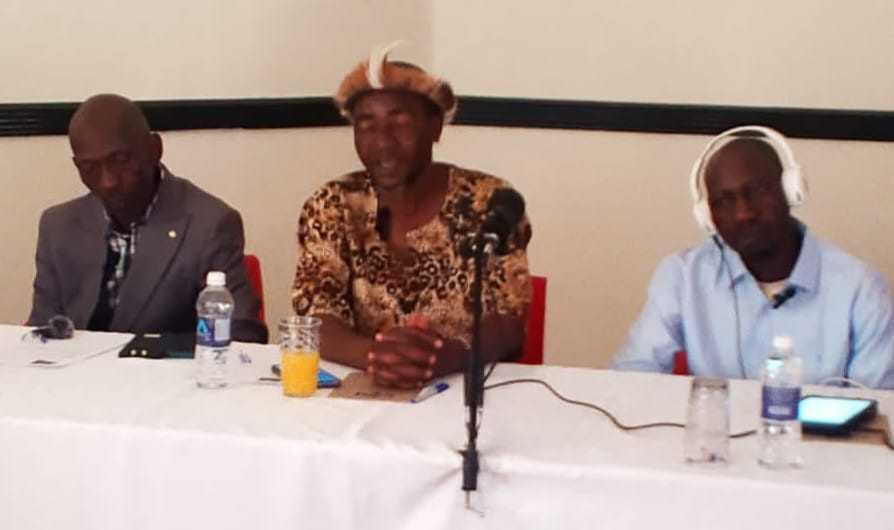
She dreams of a white wedding, a career in social science and to have a family. Rumbidzai Chidora (22) is HIV-positive but did not understand it and lived in denial for most of her childhood, but is now a changed person.
BY XOLISANI NCUBE
“Most people say I am lying when I tell them that I am HIV-positive,” she said.
“They think that the National Aids Council (NAC) pays me to pretend I am HIV-positive at their events, but the truth is that I am living with the virus.
“I can decide to think otherwise, but I will not be doing myself any favour,” said Chidora.
“I was born positive and my parents died long back. I stayed with my grandmother and she is the one who told me of my status.
“When she told me, I was 10 years old. I was made to take the medication.
“At first I did not understand the purpose of the medication but when I knew the purpose, I decided to stop.”
- Chamisa under fire over US$120K donation
- Mavhunga puts DeMbare into Chibuku quarterfinals
- Pension funds bet on Cabora Bassa oilfields
- Councils defy govt fire tender directive
Keep Reading
Chidora, who is now studying sociology with the Zimbabwe Open University, said she refused to take the anti-retroviral drugs for five years.
“After realising the purpose of the medication, I told myself that it was better to die just like my late parents,” she said.
“I was bitter until the time I asked myself: for how long will I be in denial?”
It was only after she got counselling from the NAC, peer HIV-positive adolescents, as well as Africaid Zvandiri, a non-governmental organisation focusing on young people, that Chidora started embracing her condition.
She became a member of a community adolescent treatment support (CATS) group and is now a leading advocate for adherence to anti-retroviral (ARV) treatment.
“I used to get my medication from Marondera Provincial Hospital before I stopped, but they kept my contact details,” Chidora revealed. ‘ “I was contacted by the hospital staff when Africaid Zvandiri set up base in the province.
“I joined the group thinking it was an employment opportunity, but little did I know that it was a chance for me to get encouragement to resume treatment.
“I was in denial for too long but because of the testimonies I encountered during my interactions with fellow HIV-positive adolescents, I decided to start taking medication.”
Chidora said even though she was living with HIV, she had a boyfriend who had already proposed to marry her.
“It was difficult for me to tell him that I am HIV-positive, but I had to do it.
“I feared that I might lose him, but at the same time I wanted to protect him,” she said.
Breaking the news to her boyfriend was not easy as people living with HIV still suffer a lot of stigma.
“One day we were chatting on Whatsapp and I asked him: ‘what would you do if you were to find out that I am HIV-positive?’
“His response was not clear and he started to probe until I opened up.
“I was shocked because he did not ditch me, I encouraged him to get tested and he was negative. But he did not dump me.”
Chidora and her boyfriend always find time to discuss safe sex and family planning.
“We have explored various prevention mechanisms for our marriage to work,” she said.
“I know we are going to protect each other through the use of pre-exposure prophylaxis (or PrEP), which reduces the risk of HIV infection by 90%. We also use condoms.” Studies show that PrEP is effective when prescribed and used consistently.
“Your risk of getting HIV through sex can be even lower if you combine PrEP with condoms and other prevention methods,” Chidora said.
Chidora’s story is peculiar in Zimbabwe where a generation of children born with HIV is now battling with challenges of reproductive health and stigma.
According to the Health and Child Care ministry, 2,7% of Zimbabwean women aged 15-17 are living with HIV and the figure is as high as 13,9% for women aged 23 to 24.
Among males, the HIV prevalence rate is at 2,5% until the ages of 23 to 24 where it shoots up to 6%.
Chidora believes the high prevalence rates could be attributed to the fact that HIV prevention and awareness programmes exclude young people.
She believes with the Cats initiative, young people can help end new HIV infections and ensure better care for those already infected.
The initiative has attracted thousands of HIV-positive youths who are pushing for adherence to treatment and encourage their peers to regularly go for tests.
NAC Mashonaland East provincial manager Wilfred Dube said initiatives such as Cats and HIV tests conducted at night, had ensured youths were visible in the fight against the scourge.
“At least now we have a mechanism to reach to young people who for long were said to be left out in the HIV fight,” he said.
“We are slowly including everyone in early detection and treatment.”
Zimbabwe’s HIV prevalence rate has been declining in recent years from a high of 24% to 14%, according to figures released last year.










